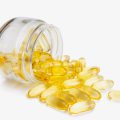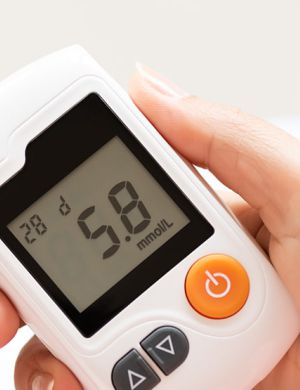
Adverse Reaction Reporting Guide for New Zealand
New Zealand tends to have a high rate when it comes to adverse reaction reporting. The Centre for Adverse Reactions Monitoring (CARM), Dunedin acts as the national repository. This entire data helps in the management of international pharmacovigilance. They work with the primary aim of ensuring safety in the usage of medicines. There are multiple ways in which this data upholds the existing and upcoming safety and efficacy of medicinal use.
Individual Reporting Contributes to World Data
New Zealand has the highest rate of reporting adverse reactions to medicines in the world, both in terms of reports per 1000 doctors and reports per million population. However, it is estimated that only 5% of all reactions are reported hence, there can be improvements. The Centre for Adverse Reactions Monitoring (CARM) is contracted by Medsafe to collect voluntary reports of adverse reactions to medicines, vaccines, herbal products, dietary supplements and blood products. The CARM database holds over 48,000 reports from around New Zealand, providing a local pattern of adverse reactions to medicines.
Identification of Potential Safety Issues and their Patterns in NZ
Medical assessors are assigned with the duty to evaluate each report submitted to CARM. It helps them in deciphering the linkage between the reaction and the medicine. The database is also used to support enquiries from health professionals regarding the possibility of adverse reactions as the cause of a diagnostic dilemma.
Improved patient Safety
When a serious adverse reaction is reported, CARM enters a danger (where re-administration of the medicine is likely to be life threatening) or warning (where re-administration of the medicine is likely to cause a clinically significant reaction) against the patient’s name in the National Health Index (NHI) database. Most hospitals access this database when patients seek health care. On the other hand, Medicines Adverse Reactions Committee reviews the published data on their quarterly meets every year. The MARC generally recommends that the pharmaceutical company update the data sheet with advice to improve the safe use of a medicine.
Guidelines for Reporting
- Every individual is eligible to report such events to CARM- Though preference is given to reports from health professionals, still it has been noted that 65% of the reports CARM receives are from community doctors (mostly general practitioners) while hospital doctors contribute 17% of the reports. Pharmacists (community and hospital) submit 2.3% of the reports lodged with CARM. Reports from customers are accepted but with the involvement of the practitioner who might be unaware of it.
- Introduction of Yellow Reporting Form- In June 2001, the CARM adverse reaction reporting form was changed back to a pale yellow colour. This was due to a trainee intern survey at Dunedin Hospital in April 2001, which revealed lack of access to the reporting forms as one of the barriers to reporting. It was thought that a return to yellow might make it easier to find. This new form was included in the June 2001 issue of Prescriber Update.
- Reporting in 3 easy steps-
- The Patient- Patient details (name, address, date of birth, sex and ethnicity) are needed when a danger or warning needs to be entered in the NHI database. The patient details are maintained at CARM and remain very confidential. They also help to identify duplicates if a report has already been received from another source.
- The Medicine or other health products- The name of the medicine (and brand name if available) suspected of causing the reaction and dose is necessary. Dates of starting and stopping the medicines needs to be mentioned as this information is used when assessing causality.
- The Adverse Reaction- t is important to provide the date of onset of the adverse reaction as it is used for causality assessment. The more details, the better like list symptoms, signs, laboratory results, past medical history. What happened later too needs to be mentioned like did the person fully recover after withdrawal of the medicine (dechallenge), did they have a similar reaction if the medicine was used again (rechallenge), and was the event severe or fatal?
- IMMP events can also be reported- Any adverse events in patients taking medicines on the Intensive Medicines Monitoring Programme (IMMP) can also be reported on the CARM reporting form. A list of the IMMP medicines can be found in Prescriber Update, on the CARM and Medsafe websites, and in the New Ethicals Catalogue (on page 8).
MARC has a list of medicines with adverse reactions of current concern. Health professionals are additionally encouraged to report these reactions to CARM for causality assessment before review by MARC. This list of Adverse Reactions of Current Concern can be found in each issue of Prescriber Update and on the Medsafe web site
Don’t miss out! Click here to stay in touch.
Categories
- Biopharma (48)
- Consumer Health (16)
- Cosmetics (8)
- Diagnostics (5)
- Digital Health (8)
- Food (2)
- Medical Device (100)
- OTC (4)
- Regulatory Intelligence (5)
- Standards (41)
Recent Blogs
Get the latest updates from Vistaar

CONNECT WITH US

Let's talk about how DDi can help you






